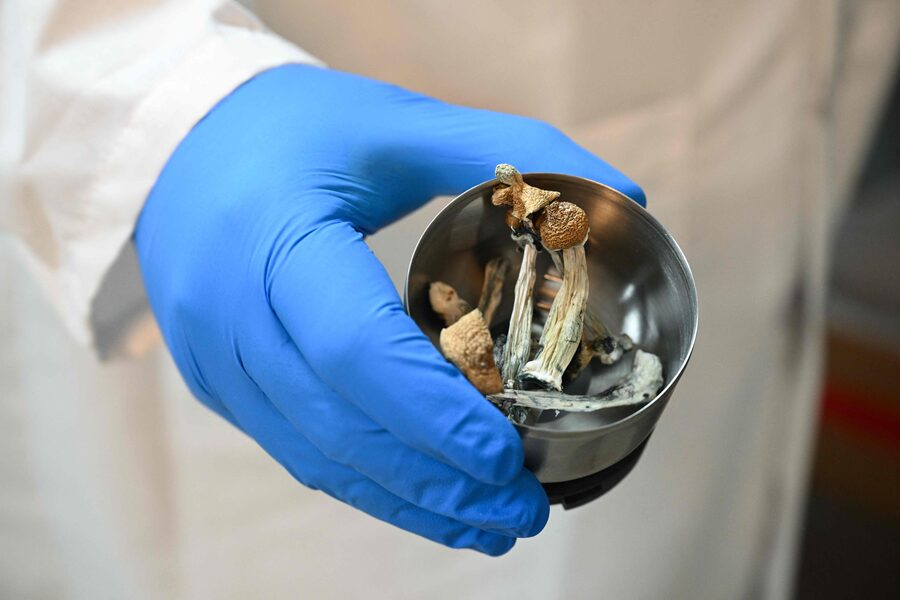In the mid-1960s, the countercultural landscape of the United States was forever altered by a series of experimental gatherings known as the Acid Tests. Orchestrated by author Ken Kesey and the Merry Pranksters, these events combined LSD use with music, art, and multimedia experimentation, ultimately laying the foundation for what became the psychedelic art movement. More than parties, the Acid Tests represented an early fusion of technology, creativity, and altered consciousness—an avant-garde laboratory for cultural change.
Origins of the Acid Test
Ken Kesey, author of One Flew Over the Cuckoo’s Nest, became an influential figure in the 1960s counterculture after his involvement in early government-sponsored LSD experiments. Together with his Buy MDMA Online in UK community of free-spirited artists and visionaries, the Merry Pranksters, Kesey sought to push beyond traditional artistic forms. The Acid Tests—first held in California in 1965—were designed to see what would happen when large groups of people took LSD in a shared environment filled with sound, light, and improvisation.
Multimedia Innovation
The Acid Tests broke down the boundaries between art, performance, and audience participation. They incorporated light shows, slide projections, fluorescent paint, strobe lights, and experimental soundscapes to create a fully immersive sensory experience. Participants were not passive observers but active co-creators, blurring the line between artist and audience.
The music of the Grateful Dead, then an emerging band, became central to these events. Their improvised, free-flowing style mirrored the unpredictable nature of an LSD trip, cementing their role as pioneers of psychedelic rock. Meanwhile, the visual environment—projected film loops, swirling oil-and-water light shows, and day-glo body paint—anticipated the development of modern multimedia art and live concert visuals.
A New Cultural Aesthetic
The Acid Tests represented a profound cultural shift. They challenged the notion that art should be static or confined to galleries and instead embraced interactivity and immersion. The emphasis was not on finished products but on shared, evolving experiences that dissolved barriers between people.
This approach foreshadowed later developments in installation art, electronic music festivals, and digital multimedia performances. In many ways, today’s rave culture, with its combination of lights, music, and collective euphoria, can trace its roots back to the innovations of the Acid Test.
Legacy and Influence
Although the Acid Tests were short-lived—Kesey was arrested in 1966, and LSD was made illegal soon after—their influence spread widely. They helped to popularize LSD among the counterculture, inspired the aesthetics of psychedelic posters and album covers, and influenced filmmakers, musicians, and visual artists for decades. The use of immersive multimedia to simulate altered states of consciousness has since become a common thread in art and entertainment, from experimental cinema to virtual reality.
Conclusion
The Acid Tests were more than just wild gatherings fueled by psychedelics; they were a catalyst for the birth of a multimedia art movement. By fusing LSD, music, and technology into an all-encompassing sensory experience, they expanded the boundaries of art and culture. Their legacy can still be felt in contemporary immersive art, digital installations, and the ongoing quest to merge creativity with altered states of perception.

